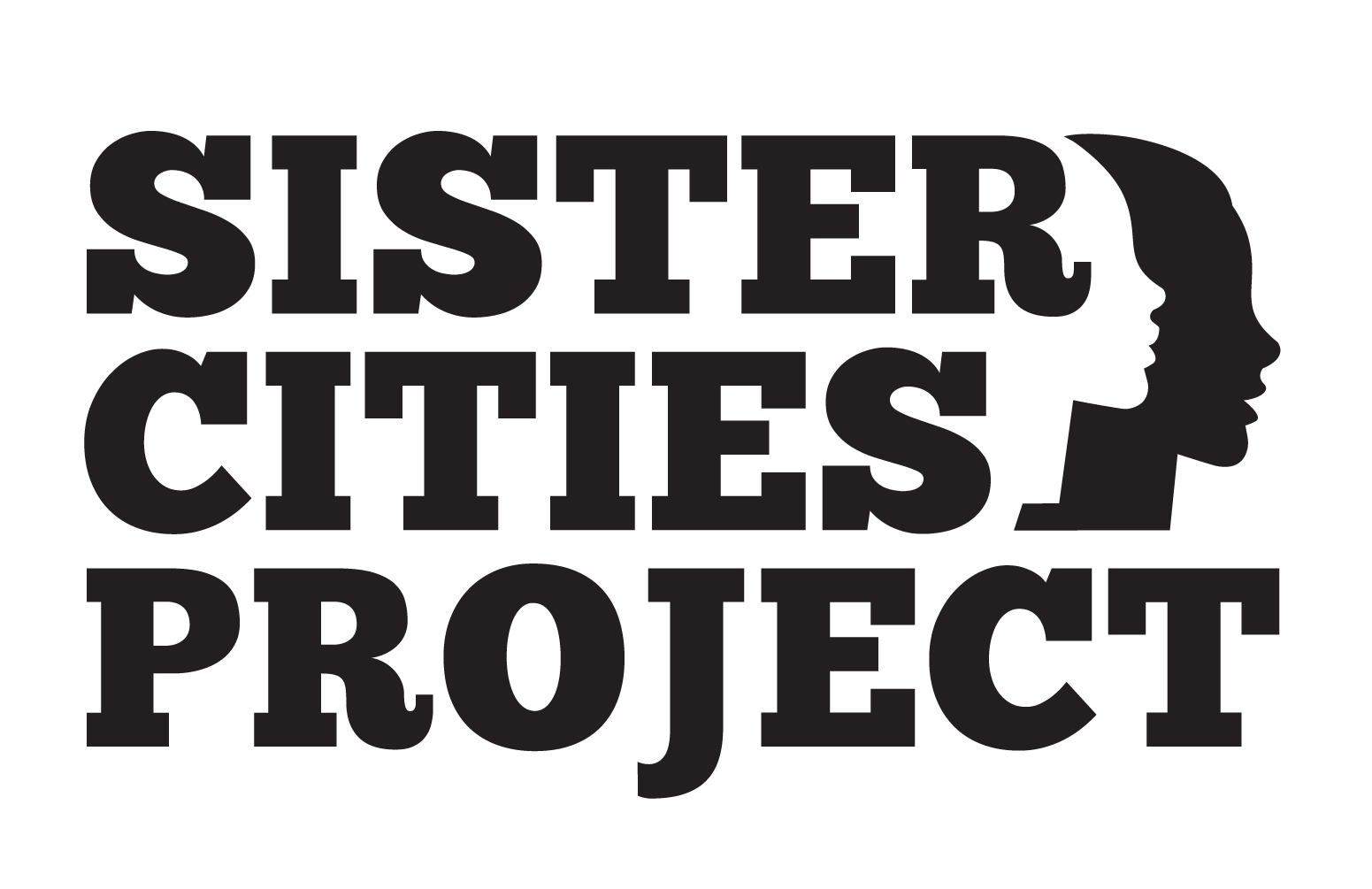Hey there! I’m Shawn McClondon, the founder of the Sister Cities Project. Today, let’s dive deep into the heart-wrenching issue that continues to plague America: racism. It frustrates and infuriates us, but we can’t turn a blind eye. So, grab a seat, because we’re about to explore the theories and data that shed light on this problem. Get ready to be moved, because it’s time to take action and make a real difference.
Historical Legacy: A Searing Reminder
Picture this: generations of pain and suffering etched into our society’s very fabric. Slavery, segregation, and discrimination have left lasting scars. And guess what? Those scars are still affecting us today, creating a wide gap between Black and White households. In 2019, the Pew Research Center dropped a bombshell: White households have a median net worth ten times higher than Black households. Let that sink in. We need to face the historical baggage that fuels this inequality head-on and stand up against it.
Did you know that redlining, a discriminatory practice in the housing market, has led to significant disparities in homeownership rates between White and Black communities? Shockingly, in 2020, the homeownership rate for Black households was only 44.1%, while White households enjoyed a rate of 74.5% (U.S. Census Bureau).
Implicit Bias and Stereotyping: The Hidden Culprit
Now, let’s shine a light on the sneaky culprit: implicit biases. These biases creep into our minds and shape our thoughts and actions without us even realizing it. Imagine a world where we judge people based on who they are, not the color of their skin. Social psychologists have shown us just how widespread these biases are through groundbreaking tools like the Implicit Association Test (IAT). They influence our decision-making processes and perpetuate discrimination. It’s time to confront our own biases and create a world where everyone is evaluated based on their merits, not harmful stereotypes.
By the way, did you know that the Implicit Association Test (IAT) consistently reveals that most people harbor implicit biases, including racial biases (Greenwald et al., 1998)? These biases can impact various aspects of life, from hiring to policing and education.
Structural Racism: The Silent Undercurrent
Let’s take a hard look at our institutions: housing, education, employment, criminal justice, and healthcare. Behind their polished facades, they hide the gears of inequality. It’s not always intentional, but the fact remains that they silently erode the dreams and opportunities of marginalized communities. In 2018, the U.S. Department of Education revealed an alarming truth: Black students face higher suspension and expulsion rates compared to their White peers. This is a glaring sign that our systems aren’t treating everyone fairly. It’s time to dismantle these structures and build new ones that uplift every voice and offer equal chances for success.
Speaking of the criminal justice system, it disproportionately targets and imposes harsher sentences on Black Americans. Black individuals are incarcerated at a rate over five times higher than White individuals (NAACP). And let’s not forget about educational disparities—Black students are more likely to face disciplinary actions such as suspensions, expulsions, and law enforcement involvement compared to their White counterparts (U.S. Department of Education Office for Civil Rights).
Intersectionality: The Confluence of Oppression
Racism never works alone; it joins forces with other forms of oppression like sexism, homophobia, and classism. Imagine facing multiple layers of discrimination—it’s a harsh reality for many. Let’s focus on the experiences of Black women. They encounter unique challenges in the workplace, constantly navigating a minefield of bias. In 2020, the Center for American Progress uncovered a shocking truth: Black women are paid only 62 cents for every dollar earned by White men. Such disparity demands our attention and calls for dismantling these barriers. Together, we must strive for a world where every individual’s talents are celebrated, regardless of gender or race.
The gender pay gap compounds with racial disparities, as evidenced by White women earning 79 cents compared to Black women’s meager 62 cents for every dollar earned by White men (Center for American Progress). Furthermore, the violence and discrimination disproportionately experienced by Black transgender individuals paint a harrowing picture. In 2020 alone, the Human Rights Campaign reported the tragic loss of at least 44 transgender or gender-nonconforming lives, with Black transgender women bearing the brunt of this violence.
Conclusion: United in the Pursuit of Change
My esteemed friends, the time has come to unleash the fire within us. Racism will not wane through inaction; it is our duty to channel our emotions into tangible change. Together, we possess the power to rewrite history, eradicate biases, and dismantle the structures that perpetuate inequality. Let education be our compass, courageous conversations our guiding light, and the disruption of the status quo our unwavering commitment.
The Sister Cities Project extends an impassioned invitation for you to join us on this transformative journey. Will you add your voice to the chorus of change? Will you stand resolute against racism, intolerance, and discrimination? Together, let us shatter the barriers that divide us, constructing bridges of unity and acceptance.
Now is the time to transcend complacency and create a lasting impact. Engage in audacious conversations, challenge the norms, and lend support to initiatives that champion inclusivity. In doing so, we will forge a future where the shackles of racism lie forever shattered, replaced by a society that reveres the beauty of diversity in all its forms.
Dear friends, the invitation beckons before you. Will you join us on this extraordinary path toward a brighter tomorrow? Together, we shall forge a society that treasures, respects, and equitably treats every individual. United, we will illuminate the way, as the flames of justice and equality burn resplendently.
The time to rise, to raise our voices, and to take action is upon us. Let this journey commence. Together, let us transcend boundaries and make an indelible difference.


No Comments